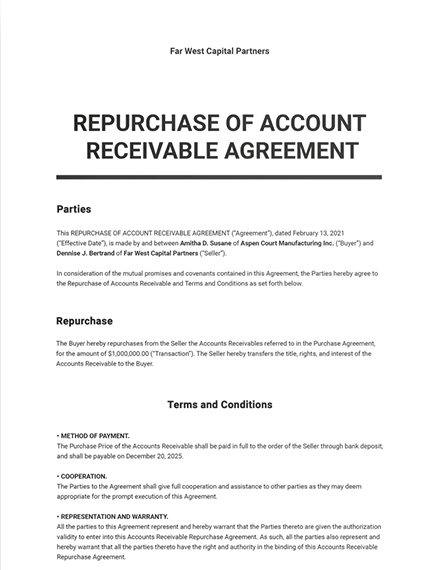


Make sure all of your employees are aware of your business's credit and payment policies and are trained in how to use them.Įnsure your payment and credit policies, and related training material, include information on:
.png)
establish your credit limits – this can protect you from customers going into too much credit and not being able to repay you.display payment terms clearly on your invoices – decide if you will allow customers to pay part of their invoice before or during the service period.Before you decide to offer credit options, review whether it suits the nature of your business and whether it's standard practice in your industry or among your competitors. Offering credit can increase your sales but also brings the risk of non-payments. 28 days to pay from receipt of original invoice.21 days to pay from receipt of original invoice.7 days to pay from receipt of original invoice.Learn more about offering credit to your customers. Think of a customer credit purchase as a business debt. You may choose to offer your customers the option of credit. terms and conditions that include the number of days until customer payment is required, and any late fees for overdue invoices.a statement about your accepted payment methods.not being able to pay your suppliers on time.If your terms make it difficult for customers to pay you easily, you risk: This will ensure you maintain good customer relationships and a healthy cash flow. Your terms should make it as easy as possible for your customers to pay you promptly and efficiently. Your business payment terms show when and how customers should pay you. add 'Price does not include GST' or 'Note: The GST sum is nil' on the statement). If your customer asks for a tax invoice and you're not registered for GST, you should add a statement that no GST is applicable (e.g. the purchase is more than $82.50 (including GST).You must provide a tax invoice if any of these circumstances apply: Tax invoices must include the GST amount for each item sold. Use a tax invoice if your business is registered for GST. Do not use the term 'tax invoice' on these invoices. This means your invoices will not include a tax component. Regular invoices are used by businesses that aren't registered for goods and services tax (GST). Make sure you handle any customer invoice queries quickly and fairly.

Correct invoicing helps protect your business's cash flow, maintain good records and meet your tax obligations. There are different types of invoices, so make sure you're using the correct type for your needs. $$\text$$ Show calculator InvoicesĪn invoice is a record of purchase that allows your customers to pay you for the goods or services you've provided. View the sample debtors and creditors analysis table to see the impact of debtors and creditors on your cash flow.Ĭalculate your business's ability to pay off short-term liabilities with current assets by using the current ratio (also known as working capital ratio). This is where your payment terms, financing repayments and investment decisions will have significant impact on your business's cash flow and available working capital. Identify the period between the different stages of your business's working capital cycle. Think of it as a loop, starting with cash at the top. The 'working capital cycle' is the length of time it takes from you using cash to purchase stock or other business inputs to receiving the cash back from a debtor or sale. It can also affect your ongoing business registrations and access to contracts or lead to bankruptcy. If you have more current liabilities than current assets, you could have trouble growing your business or paying back creditors. The cash flow of your business is represented by your level of working capital. It is a measure of your business's short-term financial health. Working capital is the difference between your business's current assets (such as cash and accounts receivable) and your current liabilities (such as accounts payable).


 0 kommentar(er)
0 kommentar(er)
